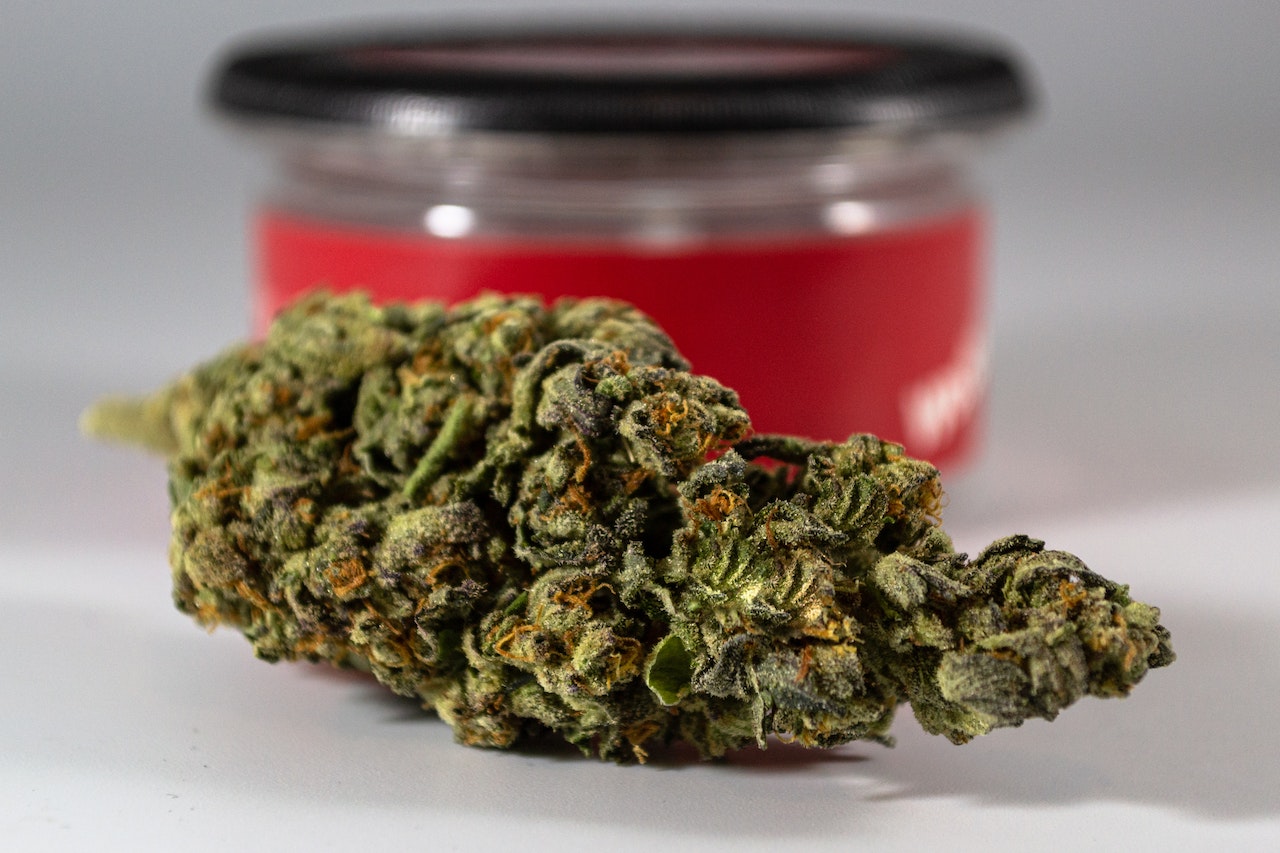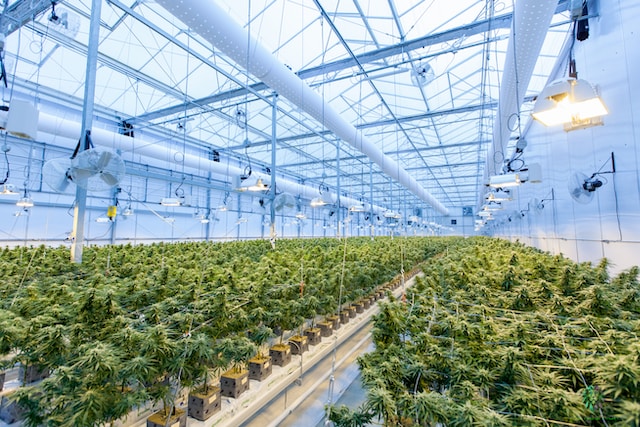Cannabis
Five Years of Legal Cannabis Sales Leaves Canada $11.36 Billion in Revenue
At the end of 2022 federally licensed growers in Canada had 1,390 tons of inventory, packaged and unpackaged, while stores had another 80 tons in their inventories. A volume even higher than the country’s total demand, estimated, in the best-case scenario, at about 1,000 tons. For this reason, it is common that year after year local producers have to destroy a good part of their production.

On October 17th, 2018, Canada became the first developed country, and the second after Uruguay, to decriminalize the sale and consumption of recreational cannabis. Much has happened since then.
While that industry is currently valued at US$4 billion, equivalent to 0.2% of Canadian GDP, and generates about 98,000 jobs, there are several companies that were left on the edge of a path that was projected as promising, but that today, five years later, fails to consolidate as a profitable activity for its producers.
Read more about legal cannabis sales in Canada and find the most important cannabis news of the day with the Hemp.im mobile app, available for free.

Cannabis companies in Canada lost 99% of their value
What happened during that time on the Toronto Stock Exchange is clear proof of this. During that period, the shares of Tilray Brands, Canopy Growth, and Aurora Cannabis, once considered the leading companies in the industry, have lost 99% of their value.
Now that both the industry and the government are conducting the first major reckoning around the measure and analyzing its economic and public health impacts, a preliminary report by a panel of experts has been released, documenting major bankruptcies resulting from oversupply, excessive taxation, and a regulatory framework for sales licensing that had to be rethought midway through the process.
“The primary message from industry representatives is that, despite the growth of the legal cannabis market, businesses across the supply chain are struggling to make a profit and maintain financial viability,” reads the report, which will be delivered in the coming weeks to the federal government.
While it is true that demand growth has been steady, and between 2019 and 2022 sales went from US$914 million to US$3.5 billion, showing in the interim a steady increase and a continued migration of consumers to the legal market, it is also true that supply continues to be disproportionate to the actual size of demand.
At the end of 2022 federally licensed growers had 1,390 tons of inventory, packaged and unpackaged, while stores had another 80 tons in their inventories. A volume even higher than the country’s total demand, estimated, in the best-case scenario, at about 1,000 tons.
For this reason, it is common that year after year local producers have to destroy a good part of their production. This is despite the fact that some of the largest producers have been closing their crops. For example, last year, Aurora Cannabis stopped operating its flagship Aurora Sky facility in Edmonton, Alberta, one of the largest in Canada.
As a result of this reality, 166 licensees exited the Canadian cannabis market over the past five years, representing 15% of permits issued under the 2018 Act. Similarly, official data shows that almost half of all individual license holders, 141 out of 305, had excise tax debt, bringing outstanding small business obligations to more than $160 million.
In contrast, on the state finance side, the situation has been different. In the last year, tax collections from recreational cannabis sales, both at the federal and provincial levels, exceeded US$1.1 billion. This figure, although significant, is five times less than projected by pre-legalization studies.
Impact of cannabis legalization on health
Statistics Canada reported that the percentage of the Canadian population claiming to use recreational cannabis on a recurrent basis rose from 22% to 27% between 2017 and 2022. Meanwhile, use among Canadian youth has not increased and remains at similar levels, with 37% of those aged 16 to 19 years reporting being users in 2022, compared with 36% recorded in 2018.
According to a report by the Canadian Medical Association Journal trends in recent years have shown less correlation between use and increased health problems. “Cannabis legalization in Canada appears not to have been the public health disaster predicted by some of its opponents, but neither can it be described as a comprehensive or unequivocal success for public health,” the association said.
Part of why the strategy cannot be considered a public health success story is that the illegal market continues to play a major role. According to data from Canada’s Department of Public Safety, illicit sources account for one-third of the entire cannabis market. While that figure has been declining over the years, it presents a problem, as illegal sellers offer prices up to 55% below that offered by the regulated segment.
—
(Featured image by Terrance Barksdale via Pexels)
DISCLAIMER: This article was written by a third-party contributor and does not reflect the opinion of Hemp.im, its management, staff, or its associates. Please review our disclaimer for more information.
This article may include forward-looking statements. These forward-looking statements generally are identified by the words “believe,” “project,” “estimate,” “become,” “plan,” “will,” and similar expressions. These forward-looking statements involve known and unknown risks as well as uncertainties, including those discussed in the following cautionary statements and elsewhere in this article and on this site. Although the company may believe that its expectations are based on reasonable assumptions, the actual results that the company may achieve may differ materially from any forward-looking statements, which reflect the opinions of the management of the company only as of the date hereof. Additionally, please make sure to read these important disclosures.
First published in Fakty Konopne, a third-party contributor translated and adapted the article from the original. In case of discrepancy, the original will prevail.
Although we made reasonable efforts to provide accurate translations, some parts may be incorrect. Hemp.im assumes no responsibility for errors, omissions or ambiguities in the translations provided on this website. Any person or entity relying on translated content does so at their own risk. Hemp.im is not responsible for losses caused by such reliance on the accuracy or reliability of translated information. If you wish to report an error or inaccuracy in the translation, we encourage you to contact us.

-

 Impact Investing2 weeks ago
Impact Investing2 weeks agoEuropean Sustainability Week 2025: Advancing ESG Amid Uncertainty
-

 Crypto2 days ago
Crypto2 days agoHyperliquid Proposes Burning $1B in HYPE to Make Supply Deflationary
-

 Fintech1 week ago
Fintech1 week agoArgentina’s Banks Poised to Integrate Cryptocurrencies, Paving Way for Widespread Adoption
-

 Crypto5 days ago
Crypto5 days agoCrypto Markets Slide as Bitcoin Breaks $90K, Year-End Pessimism Grows
























